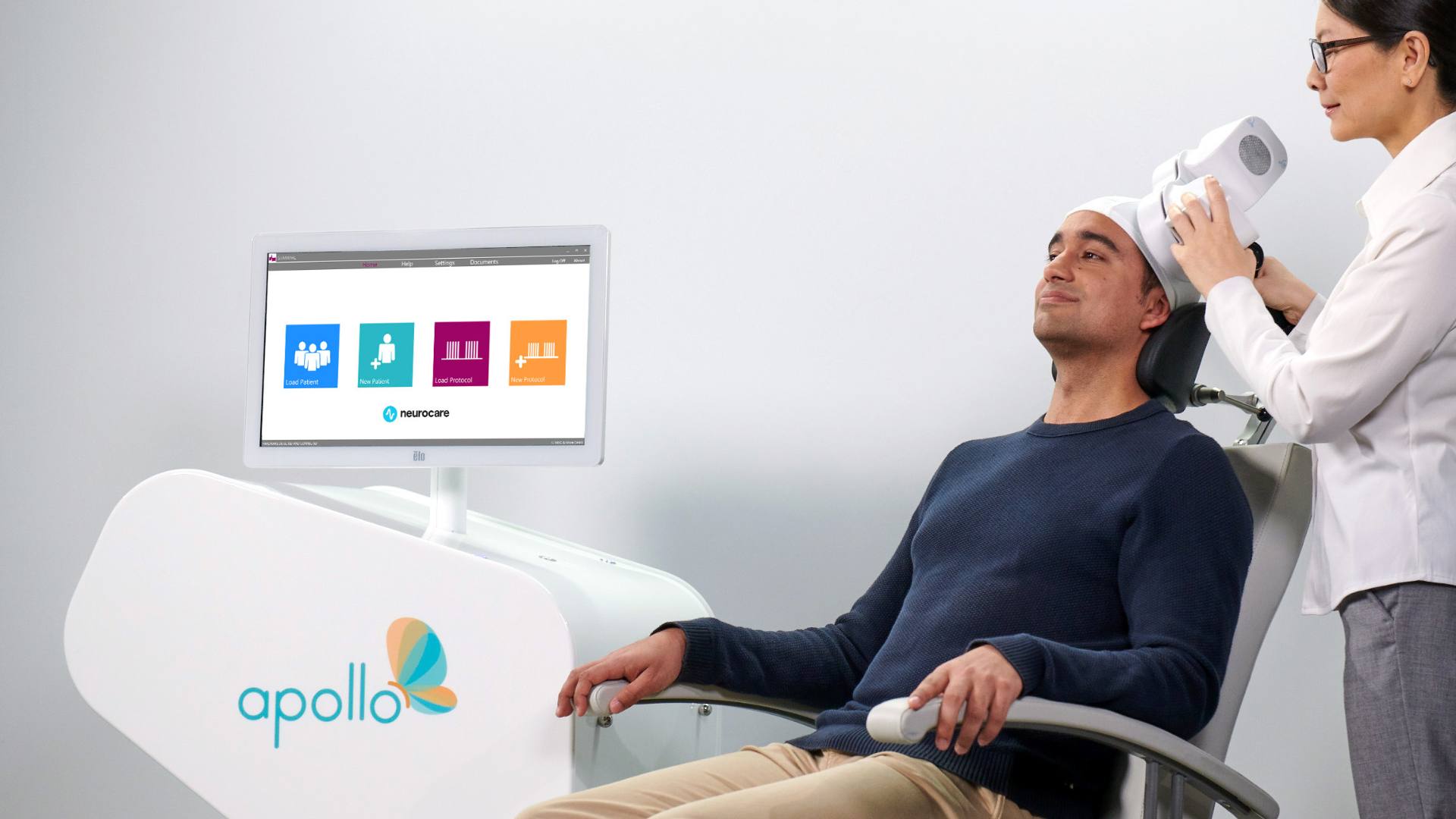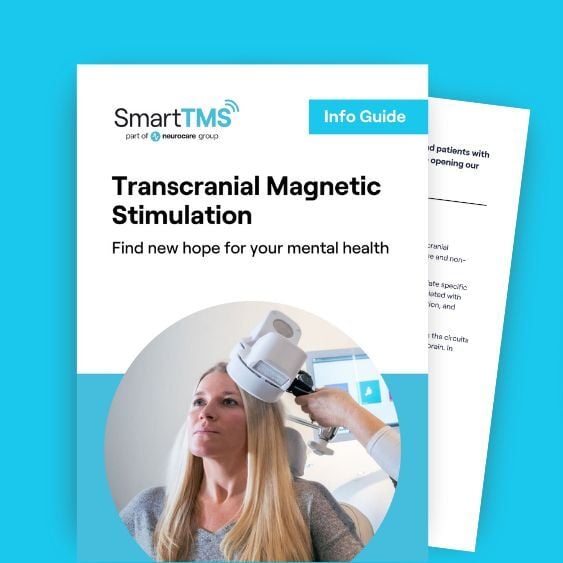Unveiling the Magnetic Revolution: TMS at the Forefront of Therapy
June 3, 2024 - Smart TMS

In the dynamic realm of psychiatric and neurological treatments, Transcranial Magnetic Stimulation (TMS) has emerged as a transformative tool, offering hope and relief to individuals grappling with treatment-resistant conditions.
“The technology is far outstripping the neuroscience. We have so many more tools than we have good ideas on how to use them.”
—Mark S. George
TMS involves the use of magnetic fields to modulate neuronal activity in specific regions of the brain. This technique has garnered attention for its potential in treating various psychiatric and neurological disorders, including depression, anxiety, obsessive-compulsive disorder (OCD), and more.
The Evolution of TMS
The roots of TMS trace back to the 1990s, a pivotal era when researchers uncovered the potential of inducing electrical currents in the brain through magnetic fields. These currents, cascading along neural pathways, sparked the realisation that TMS could exert profound effects on brain activity and behaviour.
A breakthrough in TMS therapy came with the recognition of the importance of precision targeting. Departing from the ‘one size fits all’ approach, researchers embraced personalised treatment paradigms.
By leveraging neuroimaging techniques and functional MRI, clinicians homed in on specific brain regions implicated in psychiatric disorders, optimising treatment outcomes, and accelerating response rates. In a paradigm-shifting move, researchers pioneered accelerated TMS protocols. By intensifying pulse doses and refining targeting strategies, they achieved unprecedented speed and efficacy in treatment. The development of the Stanford Accelerated Intelligent Neuromodulation Therapy (SAINT) protocol which involves 10 sessions a day for 10 minutes each for 5 days with increased pulses threefold exemplifies this innovation, with remarkable remission rates observed within a fraction of the time compared to conventional approaches.
Beyond TMS, insights gleaned from neurostimulation techniques are reshaping the landscape of psychiatric care. Innovations like transcranial direct-current stimulation (tDCS) and transcranial ultrasound (TUS) hold promise for expanding treatment options and enhancing accessibility.
Recent Research Highlights
SAINT protocol
Found that most patients experienced remission within 4 weeks of treatment with the SAINT protocol, with many feelings better in an average of 2.6 days.
Contributed to the development of a significantly faster TMS protocol that garnered FDA clearance in 2022.
tDCS
Patients with telehealth supervision, applied transcranial direct-current stimulation (tDCS) to themselves over a 10-week treatment protocol.
- 75% of patients started responding during the intervention, and 81% were in remission at the end of the trial (Charvet, 2023).
- 23 randomized controlled trials in people with acute depression and concluded that tDCS “is modestly effective in treating depressive episodes”. (Razza et al., 2023)
TUS
- could reach deeper into the brain than TMS and tDCS, relieving pain (Hameroff et al., 2013)
- studies since 2020 are aiming for it to become a low-cost treatment with a good safety profile.
As we navigate the complexities of the human brain, let us remain steadfast in our commitment to harnessing the power of neurostimulation for the betterment of those we serve. Together, we illuminate the path towards a future where hope shines bright, and healing knows no bounds.
Written by Weronika, Edinburgh Practitioner
References
1. Charvet L., et al., Home-administered transcranial direct current stimulation is a feasible intervention for depression: An observational cohort study. Front. Psychiatry 14, 1199773 (2023)
2. Hameroff S., et al., Transcranial ultrasound (TUS) effects on mental states: A pilot study. Brain Stimul. 6, 409–415 (2013).
3. Yam, P. (2024). Brain stimulation poised to move from last resort to frontline treatment. Proceedings of the National Academy of Sciences of the United States of America, 121(7). https://doi.org/10.1073/pnas.2401731121










